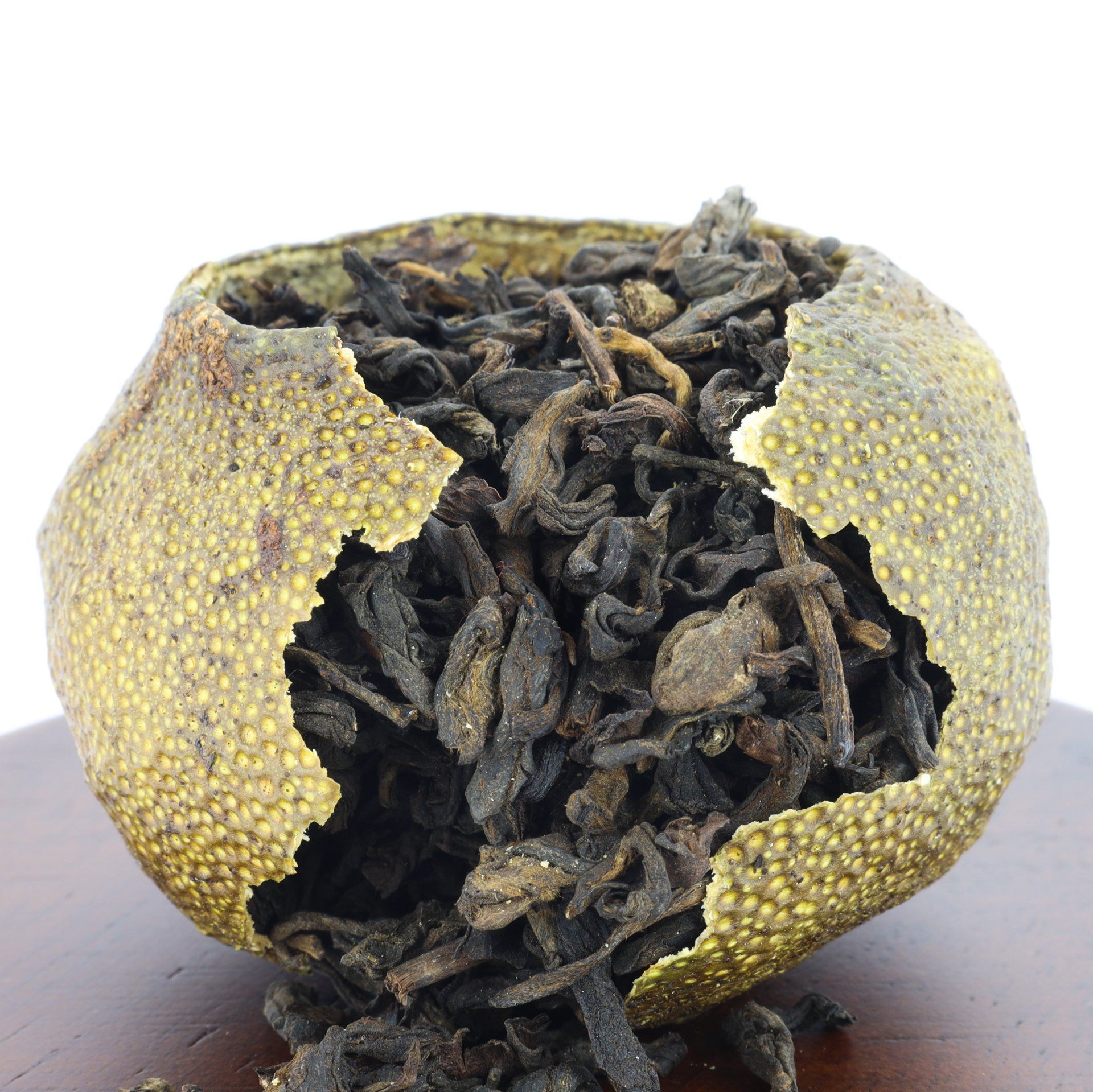How to properly store tea? Part 2.
White Tea.
Freshness: White tea has three stages of freshness: up to 1 year, from 1 to 5 years, and more than five years. Within the first year, the tea has a delicate, magical aroma and flavor, striking with its lightness and tenderness! During this period, from 1 to 5 years, white tea becomes "deeper" and more mature, and its aroma and taste noticeably change due to natural fermentation. After five years, thanks to fermentation, white tea acquires more pronounced health benefits and is considered medicinal in China, helping with illnesses and ailments!
Conditions: Keep fresh and delicate white tea in an airtight container in the refrigerator; store coarser and aged white tea in a dry place, away from direct sunlight and strong odors nearby.
Shelf life: As a delicious and flavorful beverage, up to 5 years; after five years, as a medicinal remedy.
Yellow Tea.
Freshness: It should be as fresh as possible from the latest harvest.
Conditions: Store in an airtight container in the refrigerator.
Shelf life: The most demanding of all tea types! It can last six months to one year with perfect storage conditions and fortunate circumstances.
Green Tea.
Freshness: It should be from the latest spring harvest and not over one year old.
Conditions: Store in an airtight container in the refrigerator.
Shelf life: Up to 1.5 years from the date of manufacture.
Red (Black) Tea.
Freshness: The freshness of these teas is not critical. They remain aromatic and tasty even after a couple of years since production.
Conditions: Keep it in an airtight container in a dry place, away from light, at room temperature.
Shelf life: Up to 5 years from the date of manufacture.
Oolong Tea.
Guangdong Oolongs.
Freshness: The freshness of these teas is not critical. They remain aromatic and tasty even after a couple of years since production.
Conditions: Store in an airtight container in a dry place, away from light, at room temperature.
Shelf life: Up to 5 years from the date of manufacture.
Wuyi rock Oolongs.
Freshness: The freshness of these teas is not critical. They remain aromatic and tasty even after a couple of years since production.
Conditions: Keep it in an airtight container in a dry place, away from light, at room temperature.
Shelf life: Up to 5 years from the date of manufacture.
Southern Fujian Oolong.
Freshness: There are two harvests per year: spring and fall. Oolongs harvested at different times of the year have a noticeable difference in aroma, taste, and richness. Therefore, it is a good idea to have both harvests in stock. Their freshness mustn't exceed one year from the moment of harvest!
Conditions: Store it in airtight, vacuum-sealed packaging in the freezer.
Shelf life: Up to 1-1.5 years from the date of manufacture. One and a half years are permissible with prolonged tea freezing in a vacuum-sealed package.
Taiwanese Oolong.
Freshness: There are two harvests per year: spring and fall. Oolongs harvested at different times of the year have a noticeable difference in aroma, taste, and richness. Therefore, it is a good idea to have both harvests in stock. Their freshness mustn't exceed one year from the moment of harvest! However, this is not the case for Gaba Oolong - slight aging is acceptable, so the freshness of this variety of Taiwanese oolong is not critical.
Conditions: Keep it in airtight, vacuum-sealed packaging in the freezer.
Shelf life: Up to 1-1.5 years from the date of manufacture. One and a half years are permissible with prolonged tea freezing in a vacuum-sealed package.
Dark roasted Gaba Oolong can be stored longer.
Pu'er Tea.
Sheng Pu'er.
Freshness: The freshness of these teas is not critical. Older - better!
Conditions: Keep it dry without direct exposure to sunlight and sharp odors nearby.
Shelf life: Due to natural fermentation and high-quality raw materials, the taste and aroma of Sheng Pu'er have become more exciting and more profound over time. The tea will improve its qualities over the years. But it is essential to understand that there is a "critical" date, after which drinking the tea makes no sense and can be unsafe. We will voice the storage time - 30 years. But depending on many factors, including accidental ones, this time may shift in any direction.
Shu Pu'er.
Freshness: The freshness of these teas is not critical.
Conditions: Keep it dry, without direct sunlight and strong odors nearby.
Shelf life: Shu Pu'er keeps its quality the same for years. The taste and aroma of the tea can transform, but less noticeably than in Sheng Pu'er. There is no sense in monitoring the age of Shu Pu'er. But, it is crucial to understand that there is a "critical" date after which drinking the tea makes no sense and may even be unsafe. We will voice the storage duration - 30 years. However, depending on many factors, including random ones, this duration may shift in any direction.
Dark Tea.
Hei Cha, Dark tea.
Freshness: The freshness of these teas is not critical.
Conditions: Keep it dry, without direct sunlight and strong odors nearby.
Shelf life: Over the years, Hei Cha is not very susceptible to adverse changes in its qualities. Tea made from high-quality raw materials can even improve over time. For example, over time, you may notice the appearance of Jin Hua (golden flower) on the tea, a beneficial type of mold fungus. The taste and aroma of the tea also change over time. The storage duration of Hei Cha is not infinite and has a "critical" date after which drinking the tea makes no sense and may even be unsafe. We will voice the storage duration - 30 years. However, depending on many factors, including random ones, this duration may shift in any direction.




